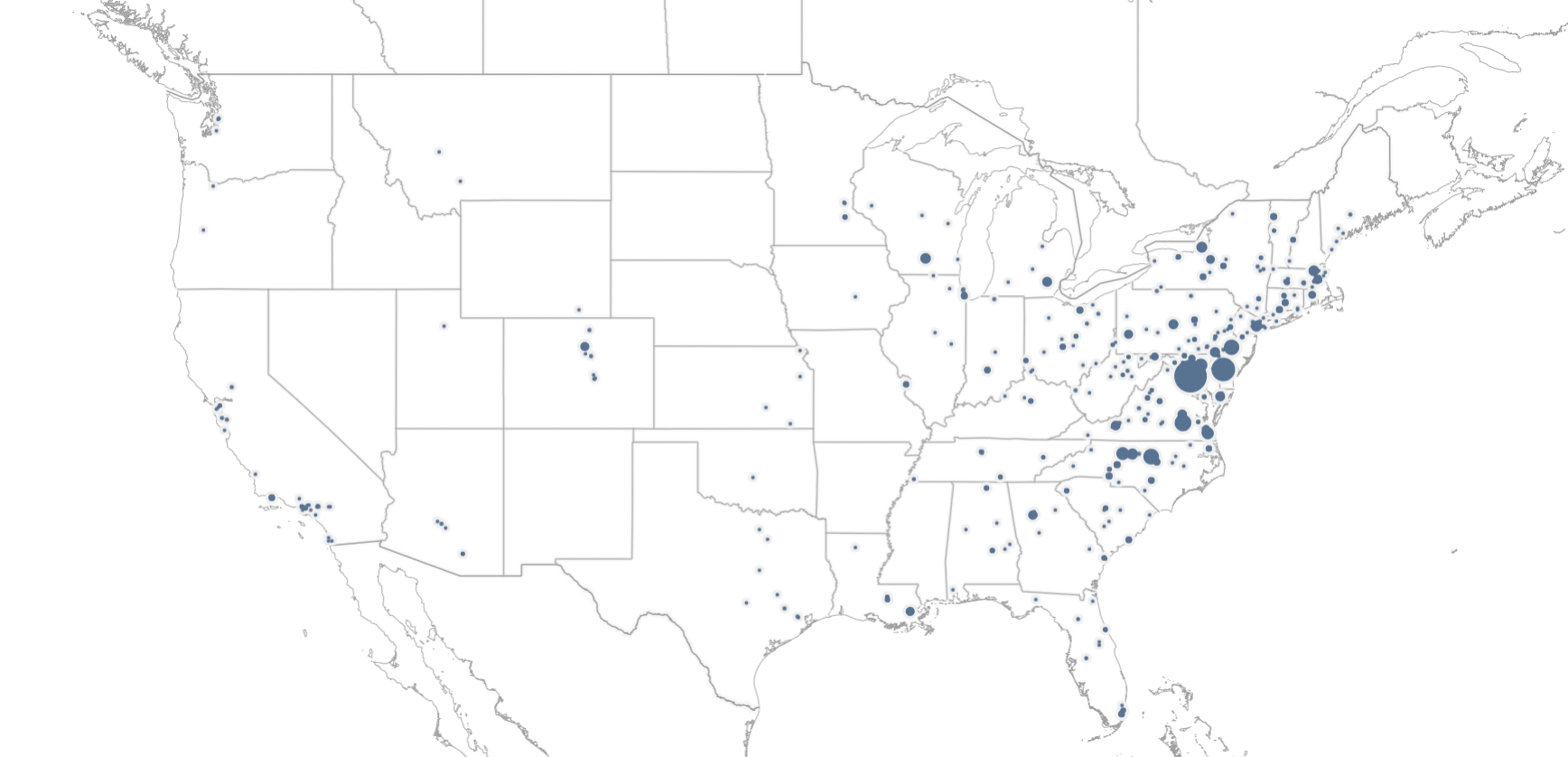Out of the graduating class from the first pandemic school year of 2019-20, 51 percent of students from District of Columbia Public Schools (DCPS) and public charter schools enrolled in postsecondary education (including bachelor’s degree and two-year programs) within six months following graduation.1 This marks a decrease of five percentage points in postsecondary enrollment compared to pre-pandemic school year 2018-19. This suggests that the uncertainty brought by the pandemic led some students to delay or change their plans compared to a typical year.
Data released by the U.S. Department of Education confirm this decline. In the fall of 2020, there were 2,487 alumni of D.C.’s high schools attending postsecondary institutions in their first year (including some students who attended private high schools in D.C.). This is a decrease of nine percent from 2,728 first-years who went to high school in D.C. in 2018, which is the most recent time when this data point was reported by all postsecondary institutions.
Aside from a decrease in the total number, the distribution of students by institution in the fall of 2020 was similar to the fall 2018 distribution.2 Geographically, 42 percent of students stayed close to home, attending postsecondary institutions in D.C., Maryland, and Virginia (compared to 43 percent in 2018). The University of the District of Columbia (UDC) and Trinity Washington University still enrolled the most students in D.C. (206 and 96, respectively), although UDC’s enrollment of first year students from D.C. declined from 304 in 2018. Outside of D.C., Delaware State University (108 students) is still a popular option, followed by Montgomery College and Virginia State University with more than 50 students each.
Other characteristics of the institutions attended by D.C.’s alumni as first-years in 2020 are likewise similar to 2018. Regardless of which degree they are pursuing, 53 percent of D.C.’s alumni attended public postsecondary institutions and 41 percent attend private not-for-profit institutions, with the remaining five percent attending private for-profit institutions. In school year 2019-20, 69 percent of high school students were Black,3 and 31 percent of all alumni attended Historically Black College and Universities (HBCUs) while 40 percent of all alumni attended majority-Black institutions.
Endnotes
- Office of the State Superintendent of Education. 2021. DC School Report Card Resource Library. OSSE. Retrieved from https://osse.dc.gov/page/dc-school-report-card-resource-library
- Coffin, C. 2020. “Where D.C.’s former students attend postsecondary.” D.C. Policy Center. Retrieved from https://www.dcpolicycenter.org/publications/postsecondary-institutions/
- Office of the Deputy Mayor for Education (DME). 2022. “EdScape: Public School Enrollment by Race and Ethnicity.” DME. Retrieved from https://edscape.dc.gov/page/pop-and-students-public-school-enrollment-by-race-and-ethnicity
